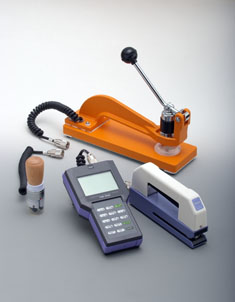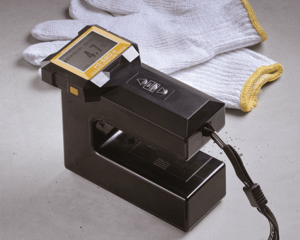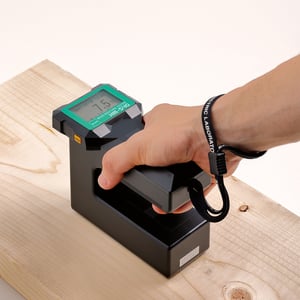 If you’ve been charged with the task of preserving your family’s precious antique photos or if you’ve ever worked to keep your more recent photos in pristine condition, you know that there are many specifications to keeping your photos looking like new.
If you’ve been charged with the task of preserving your family’s precious antique photos or if you’ve ever worked to keep your more recent photos in pristine condition, you know that there are many specifications to keeping your photos looking like new.
This ranges from the paper they are printed on to the kind of photo album they are kept in to how they are mounted. But the most important way you can keep your photos in great condition? By avoiding excess exposure to moisture.
Even before it has been developed, photographic paper must be stored in very specific conditions. When transporting or storing undeveloped photographic paper, exposure to moisture can cause the paper to swell. This paper must be kept at a range of 55-65 percent relative humidity, and extreme heat or humidity can ruin the paper completely.
Your older family photos can be identified in a few different ways, which will help with their preservation. These photos are fragile, and so they must be stored very carefully.
So what about your newer photos? That's right, we still do print out some of our digital images ... generally the ones that are most special to us! How can you keep both old and new photos in great condition for decades to come?
How is modern-day photographic paper different from other kinds of paper? It is a very fine-grade paper that is coated with a polyethylene film and contains no other extraneous chemicals. This coating is resistant to chemicals and liquids, which is helpful during photo processing but also makes it susceptible to damage from heat and moisture after being developed.
The most important thing about photo paper is that it contains memories of you with your loved ones that you don’t want to lose. Let’s take a look at how to keep these memories intact.
Fluctuating Moisture Levels and Photo Paper
Where are you storing your photos? Moisture levels in rooms throughout your home can fluctuate as the seasons change, especially rooms where we typically store things like attics and basements.
When temperatures and humidity levels change so frequently, photos can fall subject to mold, decay and brittleness. Even hanging photos can put them at risk for damage as a result of moisture exposure.
If photos become damp or wet from too much moisture, they can stick together or to the glass in the frame or to the box in which they are being stored. It may be impossible to pull them apart and you could cause irreparable damage to precious memories and irreplaceable photos.
There are methods to try and separate these stuck-together photos, but the best way to keep these photos safe? By monitoring their moisture levels and preventing moisture damage in the first place.
A Paper Moisture Meters Save the Day
So how can you ensure that your photos are safe from damage from too much shower steam, a damp basement or a humid attic?
Careful, regular monitoring of your photographs with a paper moisture meter like the HK300 will help you quickly and accurately monitor the moisture levels in your paper. This is the same instrument many commercial paper manufacturers and processors use to confirm million-dollar decisions on manufacturing, storing and processing their paper products.
This paper moisture meter is factory calibrated and has a digital display, which means that it’s incredibly easy to use, making the practice of protecting your photographs a breeze. Testing can be conducted without any kind of prep work or sampling, which means the moisture meter can be used to monitor moisture levels in your photos because it is nondestructive.
Do you have precious photos that are family heirlooms or other artwork or historic documents that need to be carefully preserved? A non-contact moisture meter like the KJT130 NIR moisture meter can assess moisture levels of your favorite antique portrait or museum-quality historic book or map without risking damage so that you can continue to keep your valued pieces safe from moisture damage for years to come.
Storing photos at a relative humidity level below 65 percent and regularly monitoring them for changes in moisture not only will prevent mold growth and decay of your photos, but it also will keep your photos from becoming the site of an insect infestation. Keeping the moisture level above 15 percent will keep your photos from becoming brittle and crumbling.
Your photos are too precious to let them waste away because of moisture damage or brittleness. Investing in a paper moisture meter to maintain the proper level of moisture also is investing in the preservation of your family’s history and your memories.
Contact us today to see how we can help you keep these memories in mint condition for years and decades to come.



